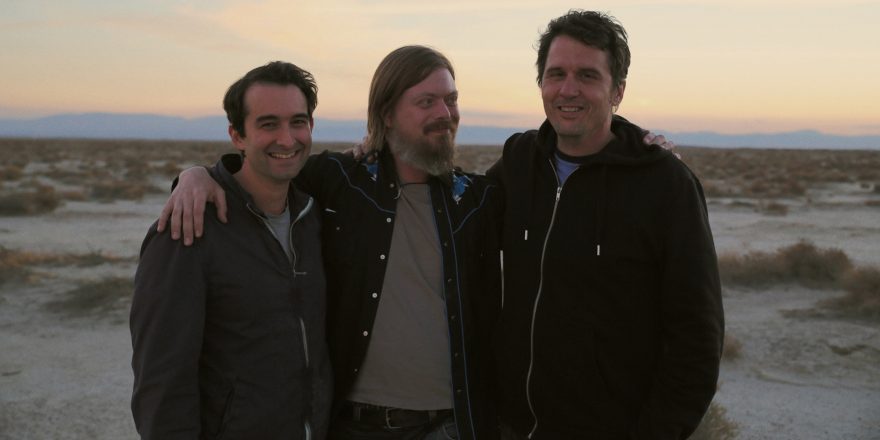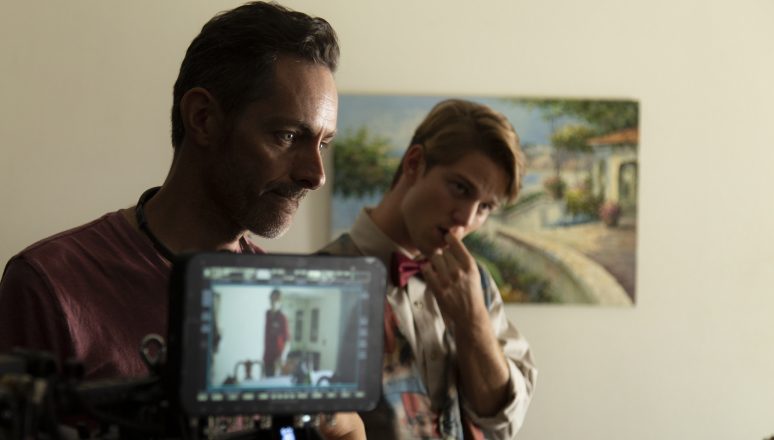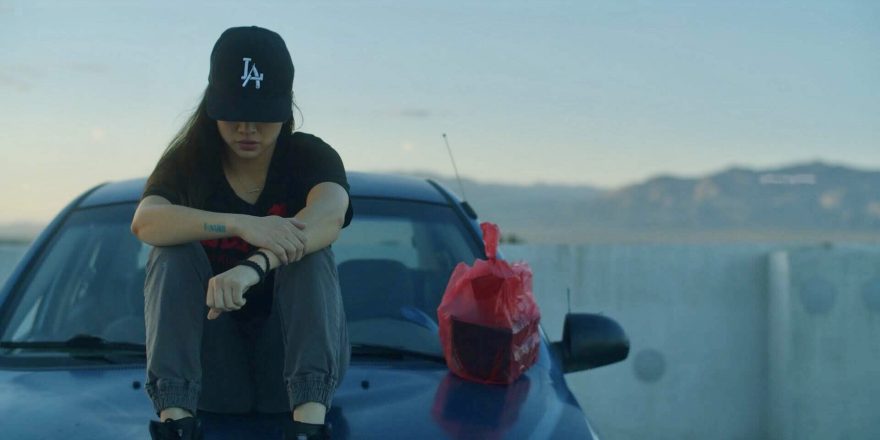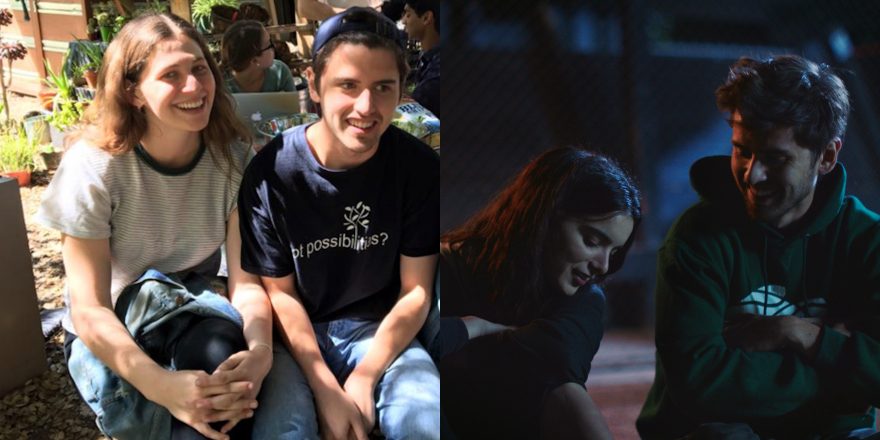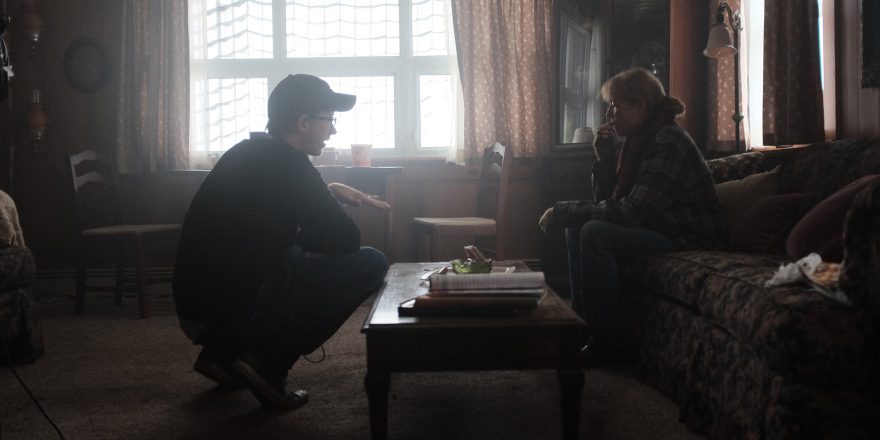“Each person’s grief is as unique as their fingerprint. But what everyone has in common is that no matter how they grieve, they share a need for their grief to be witnessed.”
— David Kessler, Finding Meaning: The Sixth Stage of Grief
Anyone who knows me will tell you I’m obsessed with break-ups. It’s an inside joke with my screenwriting students that I talk about my ex-girlfriends too much. (Yeah, I’m looking at you, Francesca!) Several of my movies have dealt with break-ups. In Bass Ackwards, my character drives cross country after getting dumped by his girlfriend. Melanie Lynskey’s character in Rainbow Time is still grieving from a divorce when she jumps into a new relationship (which has its own problems).
In my upcoming film, Take Two (which I’m shooting in August, and crowdfunding now!), the main character, Terry, goes through not one, but two break-ups. So, I’m really leaning into this obsession. Oh, and Terry is also obsessed with talking about his break-up. He’s basically ruining his relationship with his best friend Cole by constantly complaining about his troubles with his ex, Natalia. Their relationship has also been strained because Terry upped and left for New York for what was, in his friend’s eyes, a long shot at love. Art imitating life, in both of these cases. Then the movie cuts to six months later. Terry is back in Los Angeles and has a new girlfriend, Kate, and he also talks to her too much about his break-up with Natalia. He senses he’s losing Kate and thinks that casting her as Natalia in a film about their break-up will fix everything. Oh, he also casts Cole as himself in the film. This is where my script takes creative license, but not much.
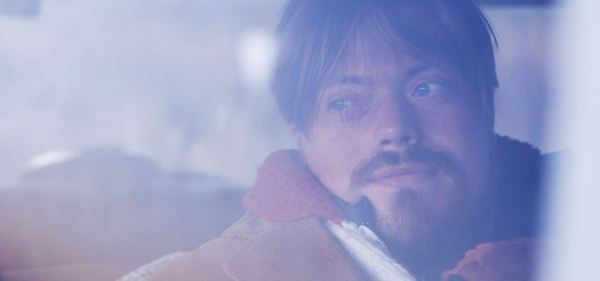
As we all know, writing about real-life personal events is a tightrope walk. It can make the work poignant, but it can also rob you of the perspective needed to actually make a good piece of art. I’m of the mindcset that you should totally dive into these waters (no matter how hard), but while writing the script for Take Two, I learned firsthand how choppy those waves can get. As mentioned, I moved to New York for a woman after almost a year of being in a long-distance relationship. When I arrived, we struggled to integrate our lives in the way we had hoped. This was complicated by the fact she had a daughter who was … not a fan of me. I don’t want to say this brought out the worst in me but, well, it brought out the worst in me. I was needy, triggered, scared and my hope for our future was slowly pulverized into a fine dust. In large part, because I couldn’t let go of my own expectations and judgements about how she was dealing with her daughter. I finally moved back to L.A. and tried to put back together the pieces of my life. I was depressed, broke, confused and trying to make ends meet as a Lyft driver. It wasn’t until I experienced another failed rebound relationship that I began to see my recurring character flaws. I was slowly getting a grasp on what this period of my life was trying to tell me about myself. A lesson, of sorts, began to take focus, no matter how much I was fighting it.
So I decided to write about both relationships. And make Terry have a character arc similar to the one I experienced. I can describe the writing in two stages. The first one had a very painful dredging-up vibe. But there were brief moments of satisfaction; in writing scenes about my exes, it was like I was finally proving to the world how bad these two women had hurt me. “Look how wrong they were, World!” It was fueled more by wanting to show their flaws than writing a good movie. I remember getting notes from my friend J. Davis, the writer-director of Manson Family Vacation; who told me I should lean more into Terry’s flaws, I got defensive in the exact same way the character was defensive in the film. His notes were triggering because they made me wonder if I was the one who was more at fault, the reason the relationships failed. A clear case of getting lost in the character.
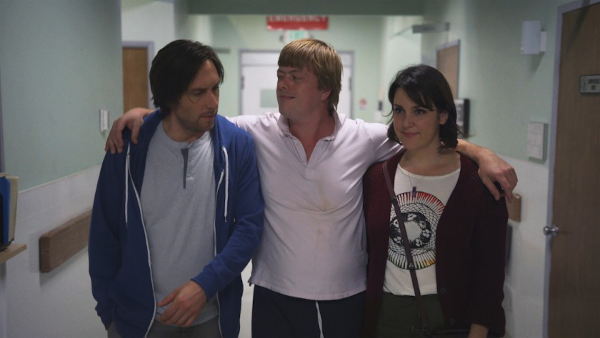
After my conversation with J., I was depressed and couldn’t work on the script for a few weeks. However, the more I wrote and reflected on the real-life experiences, and all the pain and regret around them, the more space was created between me and the fictional character of Terry. I began to tell J. more details about what I had done with both these women, embarrassing, desperate shit I did while trying to make things work. I was dripping in the sweat of shame, but thankfully he mostly laughed at my stories like only a true friend can when you are spilling your guts out to them. He let go of his role as a critical filmmaker and his empathy was activated. I started to have fun and now felt comfortable exaggerating the character of Terry. I was no longer trying to protect what I’d done through the writing. Now, I wanted to even exaggerate my mistakes.
I found a way of working through the challenges of writing an autobiographical story by simply putting that journey into the story of the film. In Take Two, Terry is making a film that is very one-sided, and so I got the idea of making the other characters call Terry out on it. At one point, Terry is directing Kate and Cole (who is playing Terry) in a scene which portrays Terry’s ex, Natalia, as being responsible for things going wrong. In the scene, Cole says to Terry the same thing that J. said to me, “We need to focus more on what Terry did wrong.” In a scene like this, I was able to represent the heartbreak I used to feel and express the hurt I’d felt when J. gave me those triggering notes. I mean, he was right, but it also wasn’t what I wanted to hear, as I was still treating the writing process as a therapeutic exercise.
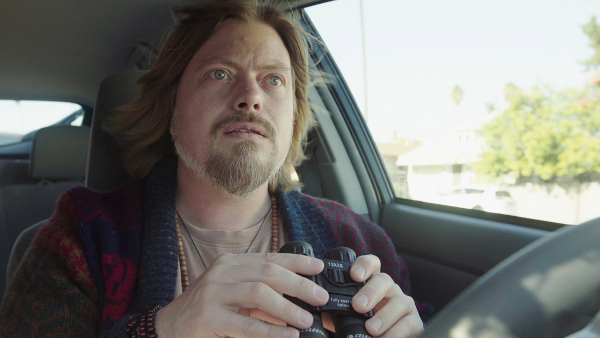
As you can tell, I’ve thought a lot about why it’s hard to write so autobiographically. I see a lot of the pitfalls when I teach screenwriting classes as “The Screenplay Doula.” My students are often writing a film based on their life and sometimes when I make suggestions for the protagonist to make even more mistakes, it can feel like I’m shaming them or siding with the people who hurt them in real life. It’s often hard for people to make their characters the ones most at fault, but I think it’s at the heart of what makes a good protagonist and allows the character to undergo genuine change. And yet it has to be done very delicately. And sometimes people are just not ready for it. I’ve been studying drama therapy so that I can use it in my coaching, helping people mine their emotional truth in empowering and creative ways. I recently came across something the great psychodramatist Zerka Moreno said about working with traumatized people, which also has a lot to do with the challenge of autobiographical writing. In psychodrama (a precursor to drama therapy), one of the goals is to help move someone from a distorted view to a more expanded and empathetic view of themselves and the people in their life, even those who may have hurt them. But Moreno warns that a client can’t jump to a role-reversal exercise before they are ready: “They need to present themselves and to realize more of themselves before they can give that up. You can’t give up what you don’t own. They need to feel more secure in themselves before they are made to role reverse with people who are disempowering them.” They have to have their perspective validated, even if it is distorted and lacks empathy for the other side.
In real life, I did damage some friendships by being so caught up in my relationship drama, constantly offloading my pain onto the people close to me. It was a whole journey for me to accept and take responsibility for this. But, at first, I was defensive and blamed friends for not being more empathetic. Recently, I’ve been reading Finding Meaning: The Sixth Stage of Grief by David Kessler, which shed some light on my experience. Kessler writes about how the last stage of grief is to find meaning from our painful experiences. But we can’t get there unless our pain has been honored and we’ve had a witness, because grief cannot be truly experienced until it is witnessed by another. I wouldn’t have been able to get through writing Take Two if I didn’t have J. to hear me out first. So yeah, Take Two is about my obsessions with women, but also about the buddies who were there to bear witness so I could honor my loss and swim my way through it.
Featured image shows Jay Duplass, Linas Phillips and J. Davis during the filming of Manson Family Vacation. Image courtesy Linas Phillips.



